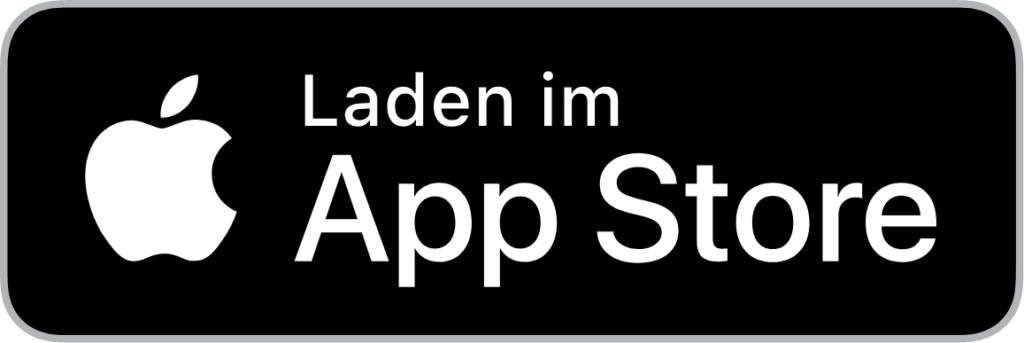Montenegro
Immerse yourself in the fascinating world of Montenegrin landscapes, architecture and culture, which offer rich diversity and unparalleled beauty. From the stunning shores of the Adriatic to the majestic mountains and historic towns such as Kotor, Montenegro offers a wealth of photo opportunities that will delight any photography enthusiast.
From national parks to the magic of Kotor - this is Montenegro
Photo spots in Montenegro

Welcome to the land of wild beauty – Montenegro, where photo spots invite you on a journey through the many facets of culture, history and breathtaking landscapes. From the breathtaking coastlines of the Adriatic Sea to the vibrant city life of Podgorica and historic towns such as Kotor and Budva, the architecture and nature in Montenegro reflect a fascinating diversity that will inspire any photographer.
Explore the impressive mountain landscapes in Durmitor National Park, the charming villages along the coast and the idyllic lakes inland. Montenegro is a country full of contrasts, characterized by its rich history and cultural diversity, which enchants its visitors with every photo spot. From the small hidden gems to the vibrant cities, Montenegro offers an almost endless range of photo opportunities just waiting to be discovered. Get ready to be captured by the beauty of this country and start your photo journey through Montenegro.
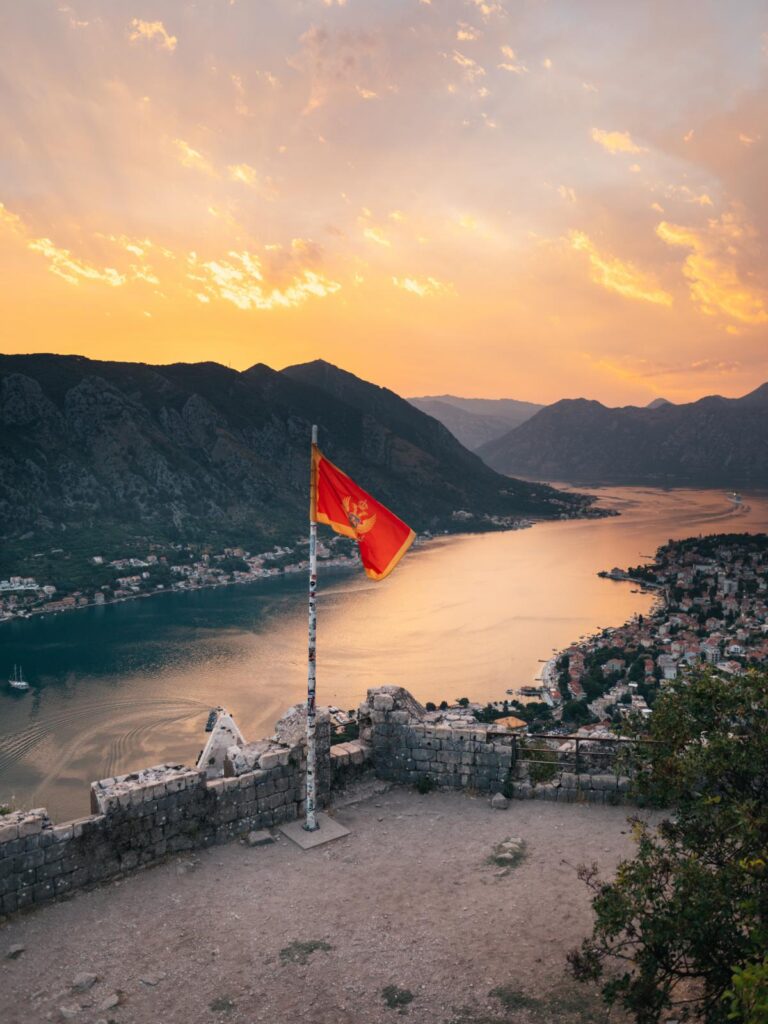
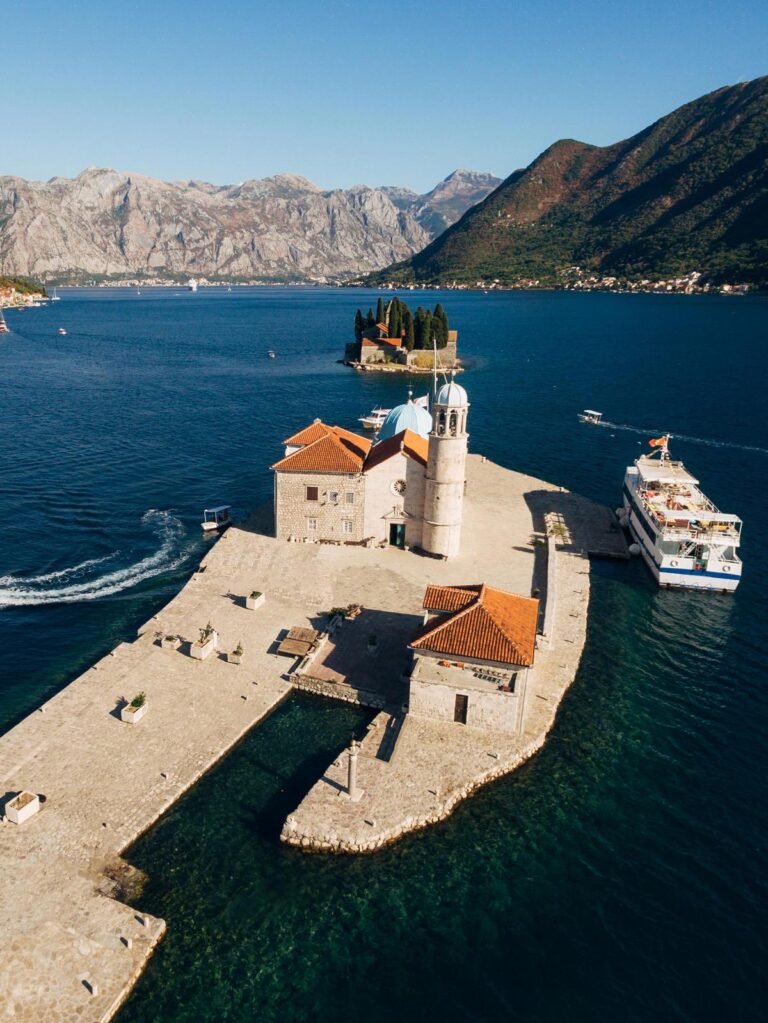
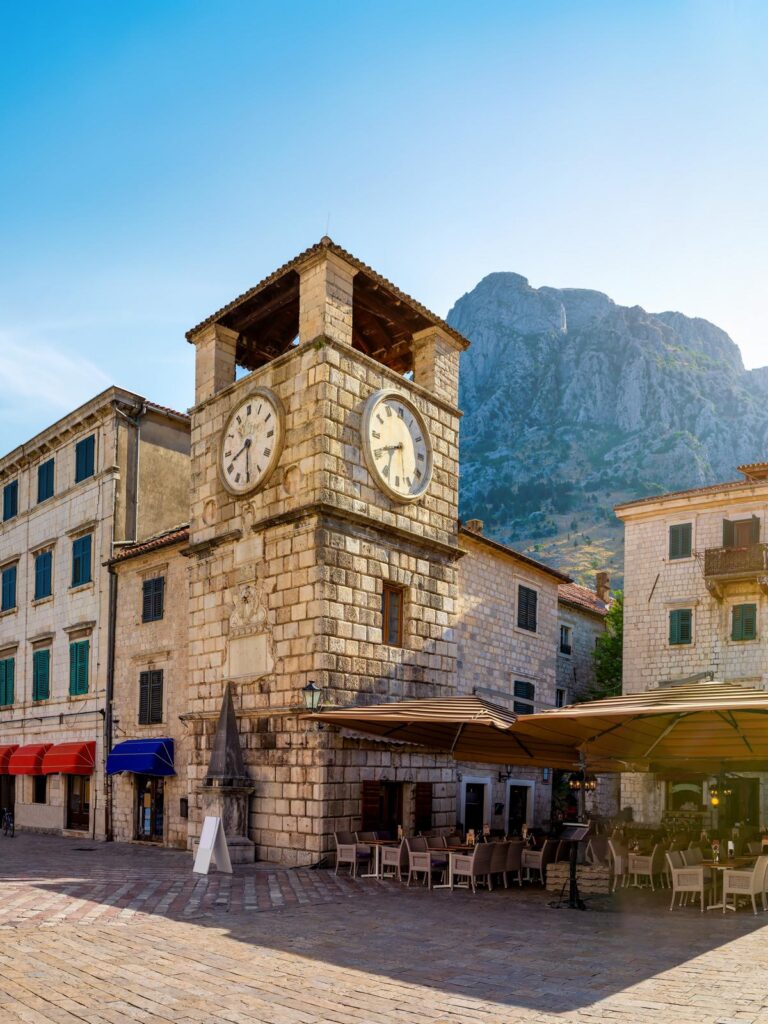
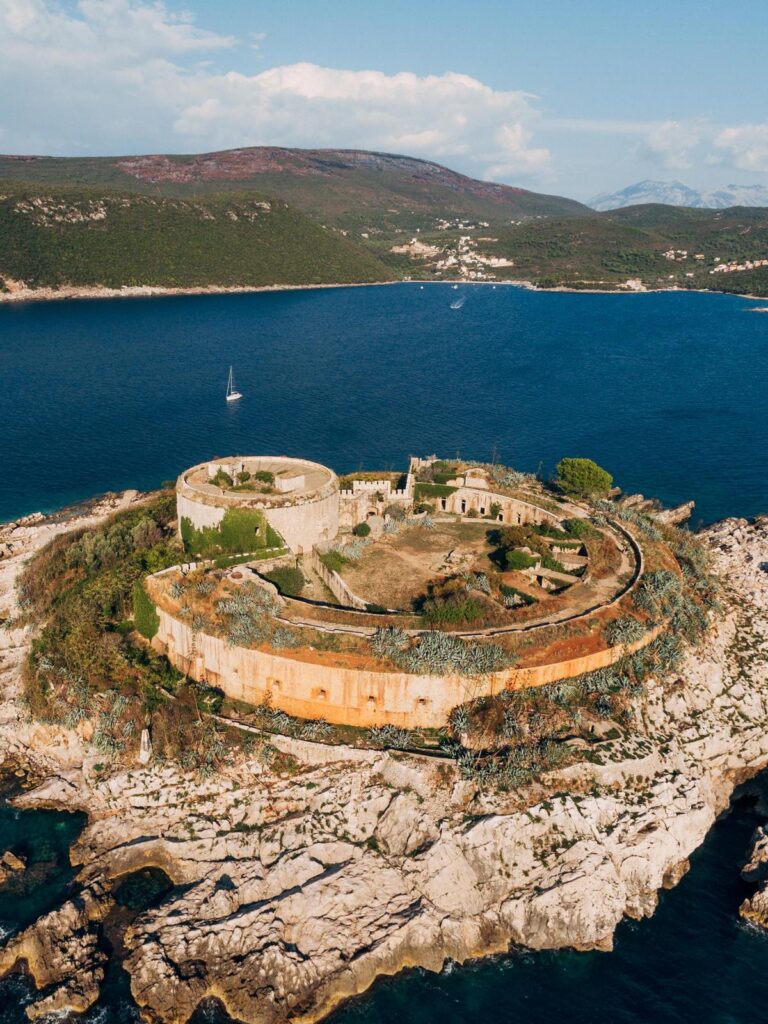
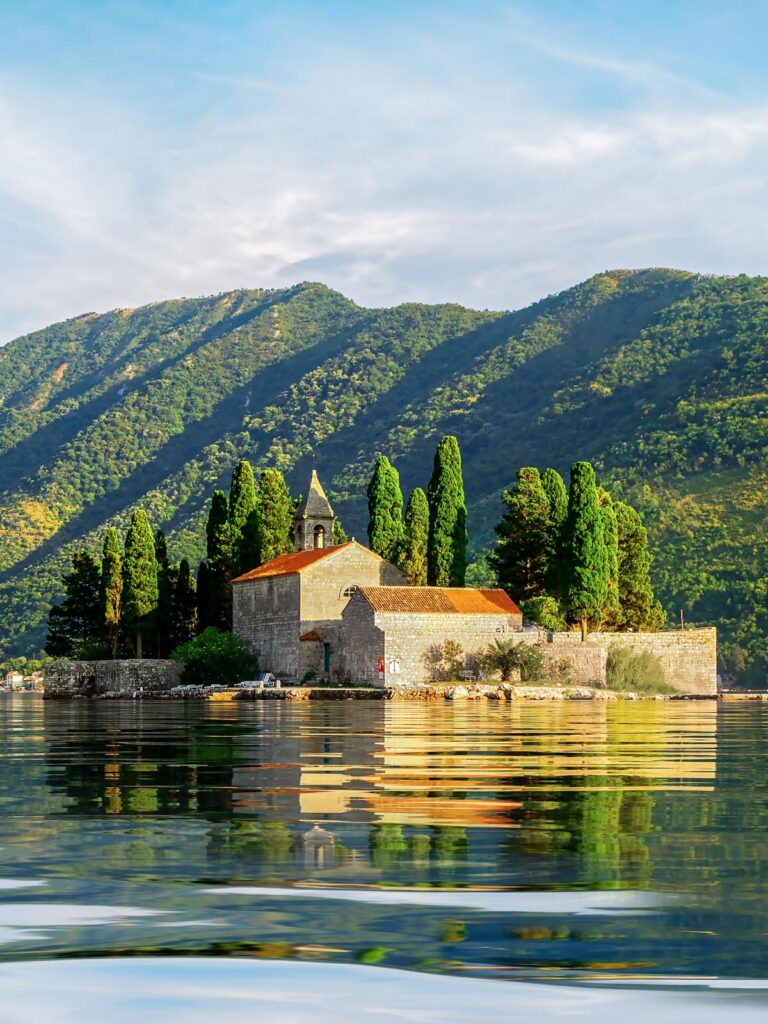
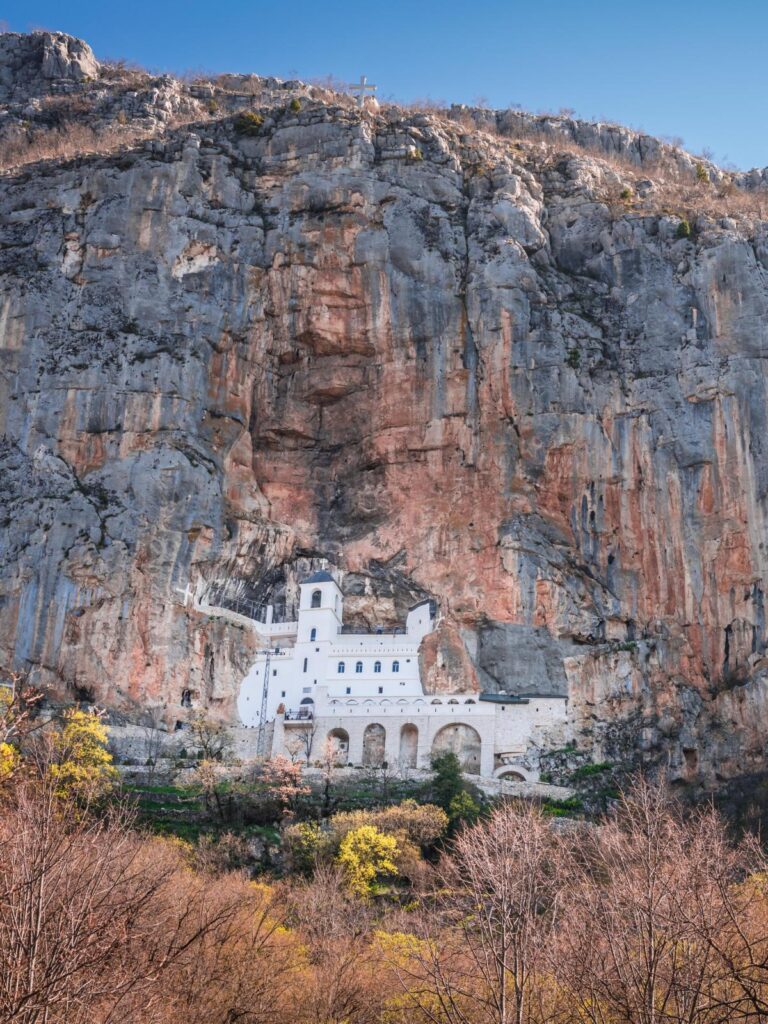
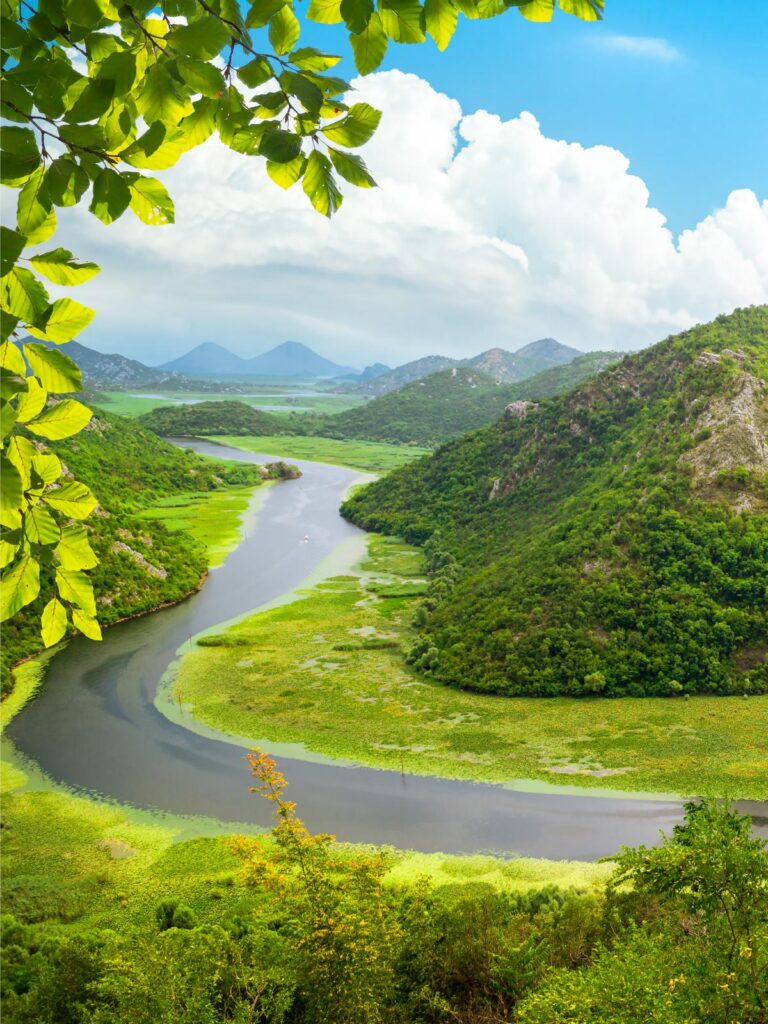
Good to know

Here you will find important information for your visit to Montenegro or for your trip through this fascinating country on the Adriatic coast. We’ll give you everything you need to get the most out of your stay in Montenegro. Let’s go on a journey of discovery together and experience the best photo spots with Fotogoals.
Regions
Montenegro is divided into 23 municipalities, including Podgorica, Kotor, Budva, Herceg Novi and Bar. These regions each offer their own unique sights and cultural highlights. From historic towns such as Kotor and Budva to the breathtaking coastal landscapes of the Adriatic coast and the majestic mountains of Durmitor National Park, Montenegro offers a rich variety to explore.
Currency
The official currency in Montenegro is the euro (€), although the country is not part of the eurozone. The country’s largest banks include Crnogorska Komercijalna Banka (CKB), Erste Bank and NLB Banka. ATMs can be found in banks as well as in many public places such as shopping centers, train stations and airports, making access to cash convenient and easy.
Mobile radio
Montenegro has the country code +382. The leading mobile providers are One Montenegro, Telekom Montenegro and m:tel. The mobile network is generally well developed and offers extensive network coverage, even in rural areas. In general, 4G LTE is readily available. 5G is being developed in urban areas.
Grocery
In Montenegro, most supermarkets and discount stores are open from Monday to Saturday from around 7 or 8 am until 9 or 10 pm. Some supermarkets are also open on Sundays. The most popular retailers include Voli, Idea and Aroma. They offer a wide selection of food and other products at affordable prices.
Transportation
There are a variety of transportation options in Montenegro. The Željeznički prevoz Crne Gore train network offers connections between the most important cities and regions. Cities have public transportation such as buses. There are also inexpensive long-distance bus connections from various providers such as Glusica. In addition, there are ride-sharing services such as Uber, traditional cabs and car rental companies such as Hertz for flexible transportation options.
Restaurant
Montenegro has a diverse restaurant scene that offers something for every taste and budget. In addition to traditional restaurants serving Montenegrin cuisine, you will also find a large number of international chains and snack stands offering a wide range of dishes, from cevapcici to fresh seafood. Prices for main meals average between 10 and 20 euros. It is customary to tip about 10%.

Montenegro - FAQ: Travel
Here you will find the answers to the most frequently asked questions about traveling to Montenegro
If you want to visit Montenegro, the best time to visit depends on your personal preferences and the activities you are planning. Summer (June to August) offers hot weather and is ideal for beach vacations on the Adriatic coast. Autumn (September to November) offers mild weather and fewer tourists, which is perfect for sightseeing and hiking. Winter (December to February) is ideal for visiting historic towns and for winter sports in the Montenegrin mountains. In spring (March to May), nature awakens and temperatures are pleasant for traveling throughout Montenegro. When planning your trip, consider your personal preferences and interests to find the best time to visit Montenegro.
If you wish to enter Montenegro, the need for a visa depends on your nationality, the purpose of your stay and the intended duration. Nationals of many countries do not require a visa for short-term stays of up to 90 days within a 180-day period for tourism or business purposes. However, a visa may be required for longer stays or other purposes. It is important to check the current entry requirements and apply for a visa in good time if necessary.
If you are planning a vacation trip to Montenegro, the choice of airport depends on your destination and personal preferences. Most international flights land at the larger airports such as Podgorica (TGD) or Tivat (TIV). Podgorica is the largest airport and offers a wide range of connections. Both airports are well connected to the public transport network. If you have a specific destination in Montenegro in mind, it may make sense to choose the nearest regional airport. Find out about the various options in advance and choose the airport that best suits your travel plans.
If you are traveling to Montenegro, no special vaccinations are usually required. However, it is recommended that you keep your standard vaccinations up to date according to your home country's vaccination calendar. If you are traveling from countries with yellow fever infection areas, you may need to provide proof of a yellow fever vaccination. It is advisable to find out about current health and entry regulations before you travel and to seek medical advice if necessary.
Yes, many people in Montenegro speak English, especially in urban areas, tourist centers and among the younger generation. English is a widely spoken foreign language and is often learned as a second language at school. In hotels, restaurants, stores and tourist attractions, it is common for staff to speak English or at least have a basic knowledge of English in order to communicate with international visitors. If you don't speak Montenegrin, you can usually communicate in English to find your way around and get help.
Montenegro - FAQ: Daily life
Here you will find the answers to the most frequently asked questions about daily life in Montenegro
In Montenegro, the electricity voltage is 230 volts and the frequency is 50 hertz. The sockets correspond to the European type C and type F. If you come from a country that uses other plug types, you may need an adapter to connect your electronic devices. These adapters are available in most electronics stores, airports and hotels. It is recommended that you check whether you need an adapter before your trip to ensure that your electronic devices can be used without any problems.


The tap water in Montenegro is of good quality in some regions and can be drunk without hesitation, but in many areas it is recommended to buy bottled water, as the water quality can vary. It is advisable to find out about the water quality locally and, if necessary, prefer bottled water to ensure that you have clean drinking water.
Payment by card, especially by credit card, is widespread in larger cities and tourist regions in Montenegro. In larger stores, restaurants and bars, payment by credit card is generally accepted. However, it can happen that only cash is accepted in smaller stores or rural areas. It is therefore advisable to find out in advance whether payment with your credit card is possible.
American Express credit cards can sometimes cause problems as they are not accepted everywhere. Visa and Mastercard, on the other hand, work in most cases. Most supermarkets accept all cards. It is always a good idea to have both cash and a credit card with you to be prepared for all eventualities.
In Montenegro, you can buy alcohol in supermarkets, discount stores, petrol stations and kiosks. You can get a standard selection of alcoholic drinks almost everywhere, while a larger selection is usually only available in specialty drinks markets or in large supermarkets. The sale of alcohol is generally not limited in time, but it is advisable to find out about local regulations. The minimum age for the purchase of alcohol is 18 years.
In Montenegro, you can buy cigarettes and tobacco in supermarkets, kiosks, petrol stations and special tobacco stores. These products are usually kept behind the counter and must be requested from the staff. It is important to note that the sale of tobacco products is regulated and the minimum age for buying tobacco is 18. A pack of cigarettes costs around 3-4 euros on average.
n Montenegro, you can buy drugstore and hygiene products in supermarkets such as Voli and Idea as well as in specialized drugstores and pharmacies. These stores offer a wide range of products, including body care, cosmetics, household cleaners and baby care. Drugstore items are also available in pharmacies, which are widespread in most towns and communities.
Right-hand traffic prevails in Montenegro. The speed limits vary depending on the type of road: the limit is usually 50 km/h in urban areas, 80 km/h on rural roads and 100 km/h on freeways. Seat belts must be worn by all vehicle occupants. The blood alcohol limit is 0.03%. The use of cell phones without hands-free equipment while driving is prohibited. It is important to obey traffic signs and traffic lights and to give priority to pedestrians at crosswalks.
When visiting Montenegro, there are a few important things to bear in mind to ensure a smooth and enjoyable stay:
-
Dress: Montenegro has a relaxed dress code, but it is advisable to dress appropriately in urban areas and for formal occasions. Conservative clothing should be worn in religious sites.
-
Traffic: Traffic in Montenegro can be chaotic, so it is important to drive carefully and follow the traffic rules. Pedestrians should be particularly careful when crossing the road.
-
Smoking: Smoking is prohibited in public buildings, restaurants, bars and many public places. There are designated smoking areas which should be used.
-
Alcohol: The consumption of alcohol is permitted in Montenegro from the age of 18. However, it is forbidden to drink alcohol in public, except in designated areas such as licensed bars and restaurants.
-
Emergency number: The emergency number in Montenegro is 112. This number can be used for the police, fire department and ambulance.
-
Tipping: Tipping is not obligatory in Montenegro, but is appreciated in restaurants and for good service. Usually about 10% of the invoice amount is given.
Montenegro - FAQ: Photo
Here you will find the answers to the most frequently asked questions about photography in Montenegro
There are some important rules and regulations regarding photography in Montenegro:
- Respect privacy: Do not photograph people without their express permission, especially in private or sensitive situations.
- Military and government buildings: Photography of military facilities and government buildings is often restricted or prohibited.
- Religious sites: Special care should be taken when taking photographs in churches and monasteries. Find out in advance whether photography is permitted.
- Commercial photography: Permission is required for commercial photography. Find out about the necessary permits in advance.


